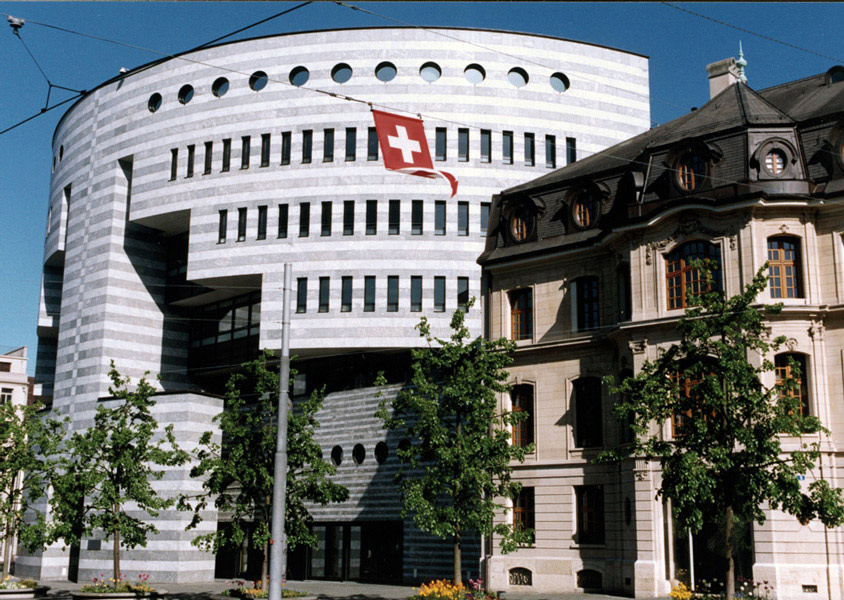The LCR will be introduced as planned on 1 January 2015, but the minimum requirement will begin at 60%, rising in equal annual steps of 10 percentage points to reach 100% on 1 January 2019. This graduated approach is designed to ensure that the LCR can be introduced without disruption to the orderly strengthening of banking systems or the ongoing financing of economic activity.
The Basel Committee has issued the full text of the revised Liquidity Coverage Ratio (LCR) following endorsement on 6 January 2013 by its governing body – the Group of Central Bank Governors and Heads of Supervision (GHOS).
2015 | 2016 | 2017 | 2018 | 2019 | |
Minimum LCR requirement | 60% | 70% | 80% | 90% | 100% |
The GHOS agreed that, during periods of stress it would be entirely appropriate for banks to use their stock of HQLA, thereby falling below the minimum. Moreover, it is the responsibility of bank supervisors to give guidance on usability according to circumstances.
The GHOS also agreed that, since deposits with central banks are the most – indeed, in some cases, the only – reliable form of liquidity, the interaction between the LCR and the provision of central bank facilities is critically important. The Committee will therefore continue to work on this issue over the course of 2013.
Mervyn King, Chairman of the GHOS and Governor of the Bank of England, said, “The Liquidity Coverage Ratio is a key component of the Basel III framework. The agreement reached today is a very significant achievement. For the first time in regulatory history, we have a truly global minimum standard for bank liquidity. Importantly, introducing a phased timetable for the introduction of the LCR, and reaffirming that a bank’s stock of liquid assets are usable in times of stress, will ensure that the new liquidity standard will in no way hinder the ability of the global banking system to finance a recovery.”
The LCR is an essential component of the Basel III reforms, which are global regulatory standards on bank capital adequacy and liquidity endorsed by the G20 Leaders.
The LCR is one of the Basel Committee’s key reforms to strengthen global capital and liquidity regulations with the goal of promoting a more resilient banking sector. The LCR promotes the short-term resilience of a bank’s liquidity risk profile. It does this by ensuring that a bank has an adequate stock of unencumbered high-quality liquid assets (HQLA) that can be converted into cash easily and immediately in private markets to meet its liquidity needs for a 30 calendar day liquidity stress scenario. It will improve the banking sector’s ability to absorb shocks arising from financial and economic stress, whatever the source, thus reducing the risk of spillover from the financial sector to the real economy.
The LCR was first published in December 2010. At that time, the Basel Committee put in place a rigorous process to review the standard and its implications for financial markets, credit extension and economic growth. It committed to address unintended consequences as necessary.
The revisions to the LCR incorporate amendments to the definition of high-quality liquid assets (HQLA) and net cash outflows. In addition, the Basel Committee has agreed a revised timetable for phase-in of the standard and additional text to give effect to the Committee’s intention for the stock of liquid assets to be used in times of stress. The changes to the definition of the LCR, developed and agreed by the Basel Committee over the past two years, include an expansion in the range of assets eligible as HQLA and some refinements to the assumed inflow and outflow rates to better reflect actual experience in times of stress.
Once the LCR has been fully implemented, its 100% threshold will be a minimum requirement in normal times. During a period of stress, banks would be expected to use their pool of liquid assets, thereby temporarily falling below the minimum requirement. The GHOS agreed that the LCR should be subject to phase-in arrangements which align with those that apply to the Basel III capital adequacy requirements.

